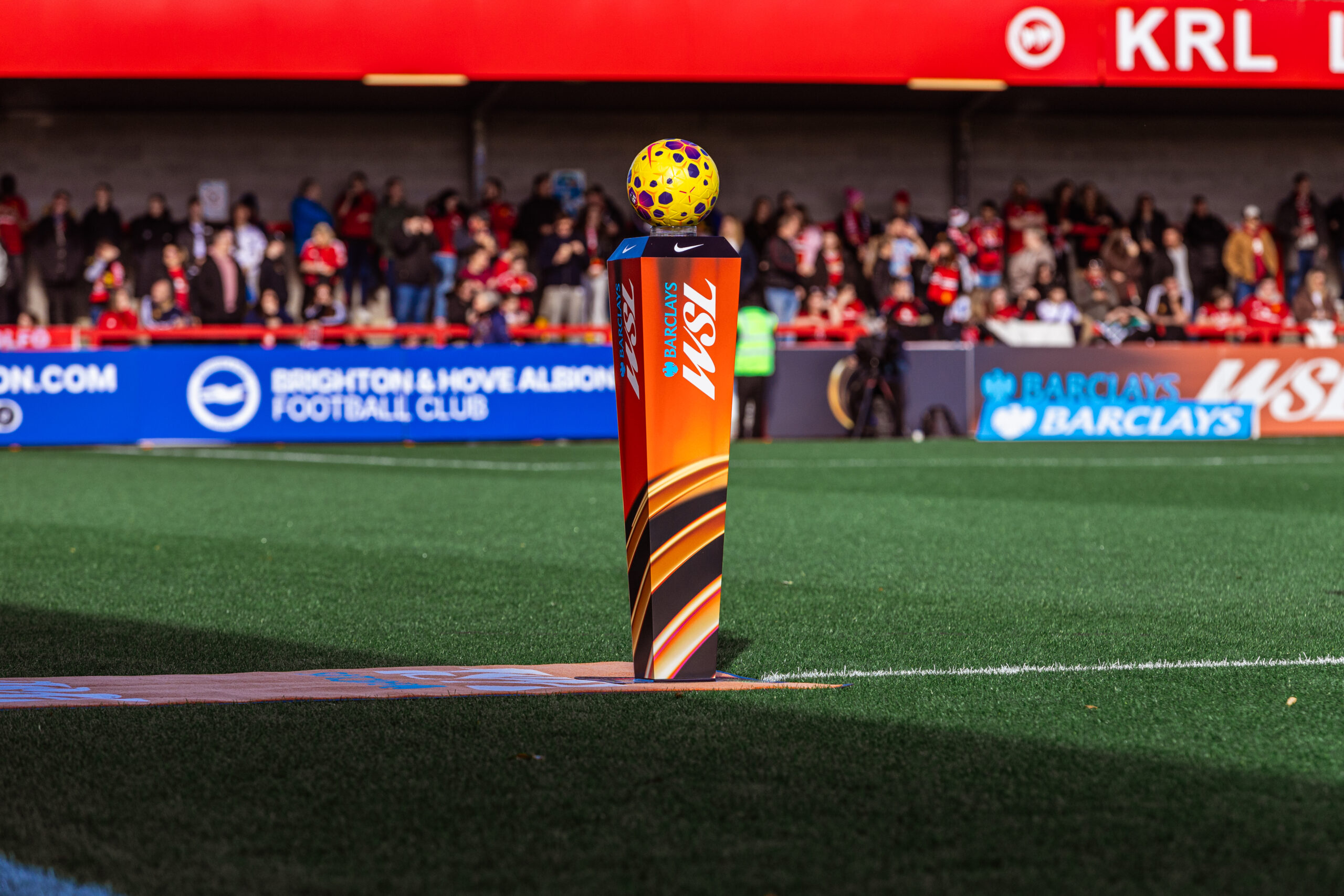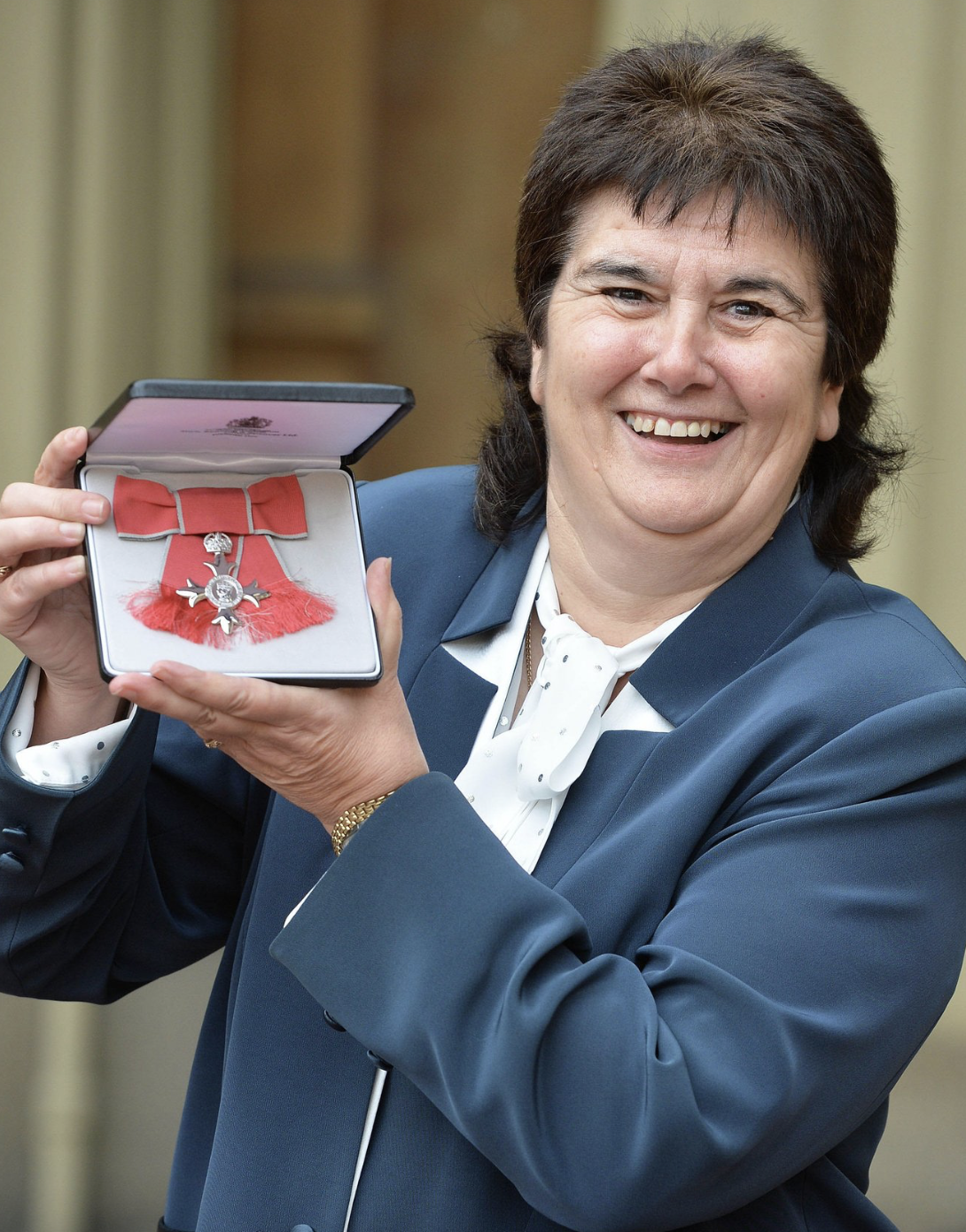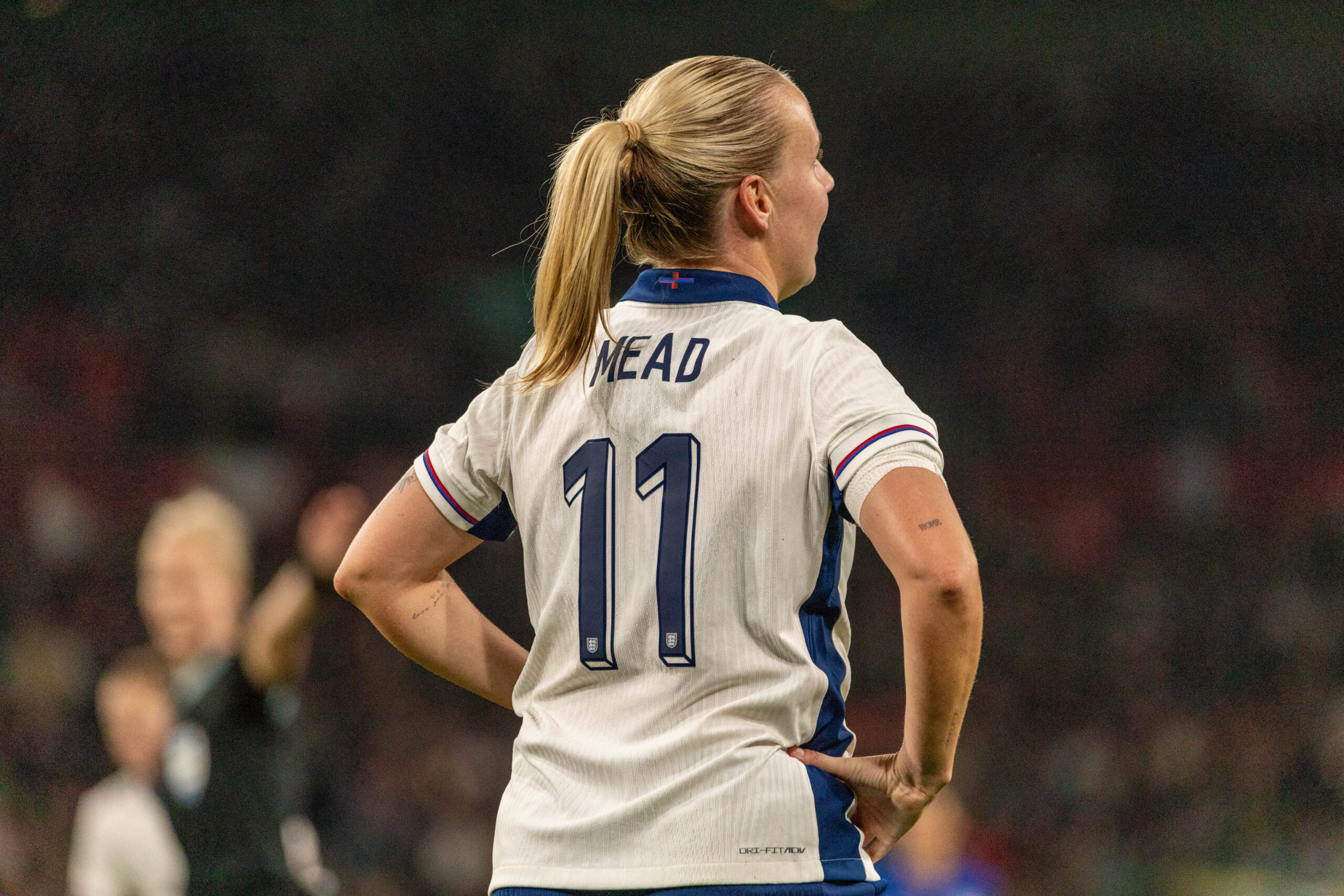Imagine, a young girl, passionate about football, or an older woman, wanting to get into the game, walking into a sports shop, to purchase a pair of football boots. Depending on where this young baller lives, she’s directed to the men’s section, the only wall in the store stocked with football boots, or if she’s lucky enough, she can venture to the women’s section where one thing becomes obvious. There are not many, if any, football boots designed specifically for her. The shoes in the women’s section are sparse, with only a few options, none of which match the most popular lines or the boots worn by some of the most popular players. Disappointed, that young girl goes to the men’s section where she can find a wider array of options, but she also agrees to make a significant trade-off in the process— variety, for comfort, performance, and in some cases, physical health.
This is a scenario that is experienced by countless women and girls worldwide and is a stark reminder that football has long been a man’s world. From the gear required such as football boots, and even sports bras, to the training received, female footballers have often been treated as afterthoughts in a sport that caters overwhelmingly to men. In recent years, there has been a small shift by companies towards the provision of female-specific gear, however, one may question the motives behind big companies and whether the promised protection lives up to the hype.
The Pioneers: IDA Sports and the Birth of the Female-Specific Boot
In 2020, IDA Sports launched the first football boot designed specifically for women. IDA Sports’ website states that they exist to prioritize high performance and comfort for athletes who have traditionally been an afterthought. The company’s co-founder, Laura Youngson, has shared her personal experiences of discomfort from wearing ill-fitting boots designed for men. In 2017 she led a group of women to Mt. Kilimanjaro’s peak to play a football match with Equal Playing Field to highlight gender inequalities in sport. At this juncture, she discovered an unspoken issue which had been accepted as the norm. All of these women were playing in boots made for men, or children, causing long spells of pain. This led Youngson to conduct research and thus IDA Sports was born. IDA Sports became a trailblazer, designing a boot that accounted for the unique anatomy of women’s feet, as Youngson discovered that the female foot was shaped differently from that of a man. The IDA Sport boot therefore promised better fitting, more comfort books which positively impact the performance of female players. Despite its groundbreaking nature, IDA Sports has not quite broken into the mainstream market. The brand’s boots, while lauded by those who tried them, remain a niche product, overshadowed by the dominance of the more established sportswear giants.
Bigger Brands Join the Market: Nike, Puma, and Under Armour
Whether it’s out of a recognition of the growing demand for female-specific sports gear or backlash from criticism due to the link between the lack of gear and the ACL injury crisis, major brands like Nike, Puma, and Under Armour have since followed in IDA Sport’s footsteps. Nike’s Phantom Luna was launched in 2023, featuring a Cyclone 360 stud pattern and a snugger fit around the ankle to assist in injury prevention. Notably, the Nike Phantom Luna is not a female-exclusive shoe and is marketed to both men and women, which means it more accurately falls within the realm of a unisex boot. Nike, however, launched this boot before the FIFA Women’s World Cup, citing it was a women-led boot, designed with women in mind. Puma also introduced a women’s fits in their Ultra, Future, and King ranges, while Under Armour has made similar strides. These developments have been applauded by many in the women’s football space as a sign of these sports brands finally taking the concerns of female athletes seriously. However, as with all things, there’s a catch. These female-specific designs are limited to a few select models from these brands. If a female player wants to wear the popular Mercurials, for example, she’s still likely to find herself in the men’s section, choosing from boots that weren’t designed with her in mind. It is also not helpful that these popular models are advertised using the most popular faces in football, who young footballers often aspire to emulate, not only in talent but in the clothing and gear that they wear. Further, some female players may opt for boots not specifically designed for female players as it may be seen as a way to avoid being differentiated from their male counterparts and using products that are adequately tested and proven.
Marketing Ploy or Genuine Interest
The introduction of female-specific boots by big brands has been strongly scrutinised as many wonder if this is a genuine effort to support female athletes or just a marketing ploy. This criticism is backed by the limited availability of the boots and the fact that many popular models remain male-focused. This may suggest that the industry is more interested in capitalizing on the growing popularity of women’s football than in making meaningful changes. Further, these female-specific boots were released mere months before major tournaments such as the Nike Luna prior to the FIFA Women’s World Cup. This begs the question of whether these innovations are backed by solid research or if they have been specifically designed to grab headlines and sales. There are also concerns that, despite the marketing hype, female players would still opt to stick with the boots which are more widely advertised and available, thus resulting in no real change to the present predicament.
The Bigger Picture: Impact on Performance and Injury Risk
Women wearing poorly fitting gear extends beyond an issue of comfort. Continued wearing of football boots not designed for women has real consequences for performance and injury risk. Research has shown that a woman’s foot differs significantly from a man’s. They differ in shape, size, and movement patterns. Boots designed for male feet can lead to discomfort, blisters, and even contribute to serious injuries like anterior cruciate ligament (ACL) tears. A study by the European Club Association, which surveys and captured 3D imaging of the feet of approximately 350 female players revealed that women typically have higher arches, and different heel shapes when compared to men. The study also found that 82% of the players experience discomfort regularly from playing in boots designed for men. Dr Kryger, who led the study also acknowledged that ethnicity plays a significant role in foot shape, adding another important layer to the mix. The ACL injury crisis in women’s football is well documented. In 2024, SkySports reported that there had been over 195 elite players suffering ACL tears over 18 months. This highlighted the urgent need for gear and training programs that are tailored to women’s bodies.
Despite these well-documented differences, much of the gear worn by female athletes—from football boots to sports bras—continues to be based on male prototypes and not on research tailored to women. This lack of consideration reinforces the idea that women are merely borrowing time in a man’s sport, which can have a profound impact on their confidence, performance, and physical health.
The Path Forward: Meaningful Change
The introduction of female-specific football boots is undoubtedly a step in the right direction, however, it is only the beginning. Sports gear companies must make more meaningful steps to expand the options they provide across their entire product lines. This ensures that female athletes have the same access to variety and quality of gear as their male counterparts. The gear must also be backed by rigorous scientific research, with a focus on reducing injury risk and enhancing performance.
In football, every detail matters. The slightest error can be the difference between winning, losing, or getting injured. These minor details can be influenced by something as simple as having the right pair of boots. What some may think is a mere article of clothing that has worked for decades, could be the difference between one young girl playing at her peak, and 200 dedicated and hard-working players being sidelined from their dreams. Female players must be given gear that recognises and respects their unique body composition, allowing them the compete with the same level of comfort as their male peers.



